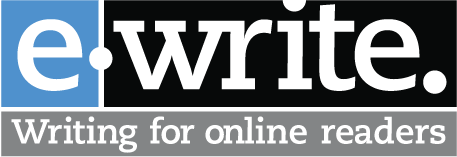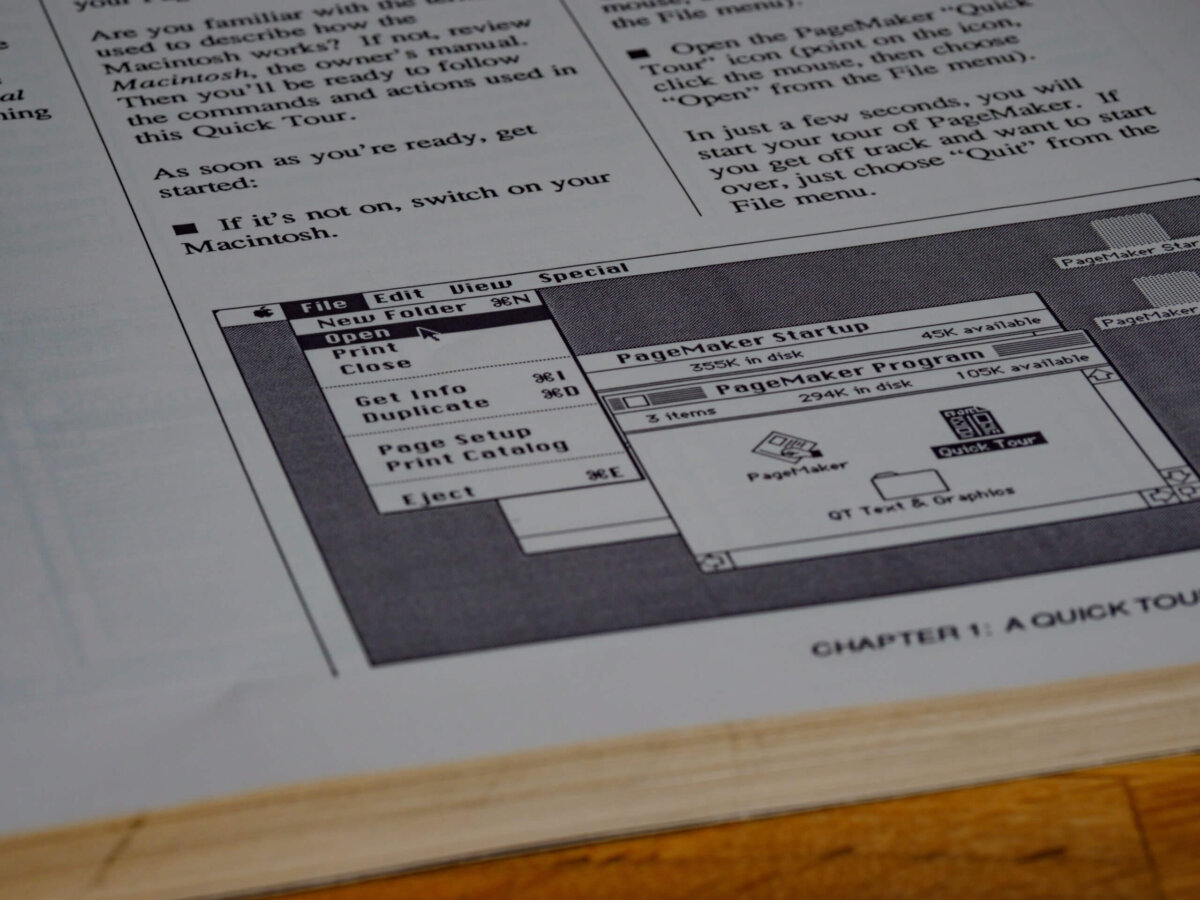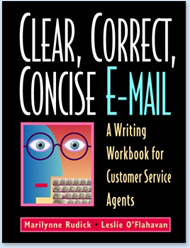One of our clients, a large nonprofit with over one million members, has asked for our input as they develop their first-ever E-Mail Style Guide. The purpose of the Guide is to encourage e-mail best practices, such as writing a complete, useful subject line, and discourage e-mail productivity-killers, such as oblivious “reply-alls.”
Here, in no particular order, is my first brainstorm on the topics the E-Mail Style Guide should cover:
- The importance of correct spelling, punctuation, and grammar.
- Why to avoid writing in all caps or all lowercase.
- Whether chain e-mails or joke e-mails are allowed.
- The importance of a clear subject line and examples of these.
- Whether emoticons are allowed.
- How to use the cc and bcc fields.
- Advice about when, whether, and how to forward messages. For example, should you combine different messages before forwarding a whole thread?
- Which topics should be avoided entirely in e-mail (sensitive or private information, bad news, layoffs).
- How, and whether, to use read receipts.
- Whether a greeting and closing are required.
- How to use attachments and whether their size should be limited.
- A company standard for e-mail response time, as in “Here at ABC Inc., we answer every e-mail—internal or external—within 24 hours.”
- How to use formatting such as bold, italics, color, or patterned backgrounds.
- What information must be included in the e-mail signature and what information is forbidden (inspirational quotations, etc.).
- How to handle acronyms.
- When, if ever, to “reply all.”
- How and why to set up e-mail distribution lists.
- How to write e-mail so you make the requested action very clear.
- When to send e-mail vs. when to call or visit in person.
- Strategies for managing e-mail: how often to read, how much to archive, when to respond, etc.
- Your company’s e-mail use policies (privacy, ownership, etc.)
Clearly, the next step will be for the organization to take a stand on each of these topics. So, for example, item #5 about whether emoticons should be allowed will become a guideline: “Do not use emoticons in business e-mail.”
What do you think of my list? Are any topics missing? If so, leave a comment or send me an e-mail and I’ll add your topic to the list.
— Leslie O’Flahavan
Tags: E-mail






An extension of point 7: when and whether to combine different messages before forwarding a whole thread
Good point, Antonio. I’ve updated #7 to include your input. Thanks for weighing in.
Add a comment on “cc:” explaining what it means. Some people say it stands for ‘carbon copy,’ while others say ‘courtesy copy.’